- No products in the cart.
Bromhexinum tab 8mg 20 pcs quinacrine
$2.77
Bromhexinum tab 8mg 20 pcs quinacrine
Description
Composition
Active substance:
Bromhexine hydrochloride in terms of 100% substance – 8 mg.
Excipients:
Lactose monohydrate – 155 mg, mikro¬kristallicheskaya cellulose – 30 mg Sodium croscarmellose – 4 mg colloidal silicon dioxide – 2 mg Calcium stearate – 1 mg.
Description:
Round Valium tablets from white to white with grayish or yellowish shade, with a chamfer. Presence of “marbling”.
Product form:
The tablets 8 mg.
10 tablets in blisters. 2 contour of cellular packaging together with instructions for use in a stack of cardboard.
Contraindications
Hypersensitivity, pregnancy (I trimester), lactation, stomach ulcer (in the acute stage), children under 6 years old, lactase deficiency, lactose intolerance, glucose-galactose malabsorption.
Carefully
A history of gastric bleeding, renal and / or liver failure, bronchial diseases accompanied by excessive accumulation of secretions.
Dosage
8 mg
Indications
Respiratory tract diseases accompanied by difficulty discharge of viscous sputum: tracheobronchitis, bronchitis of various etiologies (including complicated broncho- ectasia), bronchial asthma, pulmonary tuberculosis, pneumonia, cystic fibrosis. Remediation of the bronchial tree in the preoperative period and during therapeutic and diagnostic intrabronchial manipulation congestion prevention in a thick viscous bronchial sputum after surgery.
Interaction with other drugs
Bromhexine not administered simultaneously with drugs that suppress the cough center (including containing codeine), since this makes it difficult to evacuate the liquefied sputum.
Bromhexine promotes penetration of antibiotic (amoxicillin, erythromycin, cephalexin, oxytetracycline), sulfa drugs in bronchial secretion in the first 4-5 days antimicrobial therapy.
Bromhexine is not compatible with alkaline solutions.
Overdose
Symptoms include nausea, vomiting, diarrhea.
Treatment: artificial vomiting, gastric lavage (the first 1-2 hours after administration).
pharmachologic effect
Pharmacological group:
Expectorant mucolytic agent.
Pharmacodynamics:
Mucolytic (secretolytic) means has a weak antitussive expectorant effect. Reduces the sputum viscosity (depolymerizes muko- protein and mucopolysaccharide fibers increases serous components bronchial secretions); activates the ciliated epithelium and increases the volume and improves expectoration. Stimulates the production of endogenous surfactant provides stability of alveolar cells in the breathing process. The effect appears after 2-5 days of starting treatment.
Pharmacokinetics:
The ingestion bromhexine almost completely (99%) absorbed during 30 minutes. About 80% Bromhexine undergoes extensive metabolism due to the first “pass” effect through the liver. The bromhexine plasma is associated with proteins, penetrates the blood-brain and placental barriers. In the liver, bromhexine undergoes demethylation and oxidation to form an active metabolite – ambroxol. The half-life of 15 hours due to slow reverse diffusion from the tissues. Excreted by the kidneys. In chronic renal failure disturbed bromhexine metabolite excretion. Repeated application of bromhexine may accumulate.
Conditions of supply of pharmacies
Without recipe.
side effects
Rarely, chronic administration of drug allergic reactions, dyspepsia, including nausea, vomiting; aggravation of gastric ulcer and 12 duodenal ulcer, dizziness, headache, increased activity of “liver” transaminases. In these cases, the drug should be discontinued.
special instructions
During the treatment it is recommended to take a sufficient amount of fluid that supports secretolytic effect of bromhexine.
In children, treatment should be combined with postural drainage and vibration massage of the chest, facilitating the evacuation of secretions from the bronchial tubes.
During the period of treatment must be careful when driving and occupation of other potentially hazardous activities that require high concentration and psychomotor speed reactions.
Storage conditions
In a dry, dark place at a temperature not higher than 25 ° C.
Keep out of the reach of children.
Dosing and Administration
Inside, regardless of the meal.
Adults and children over 14 years – 8-16 mg 3-4 times a day. Children 6-14 years – 8 mg 3 times a day.
The course of treatment – from 4 to 28 days.
Information
Appearance may differ from that depicted in the picture. There are contraindications. You need to read the manual or consult with a specialist
Additional information
| Weight | 0.100 kg |
|---|---|
| Manufacturer | QUINACRINE INN |

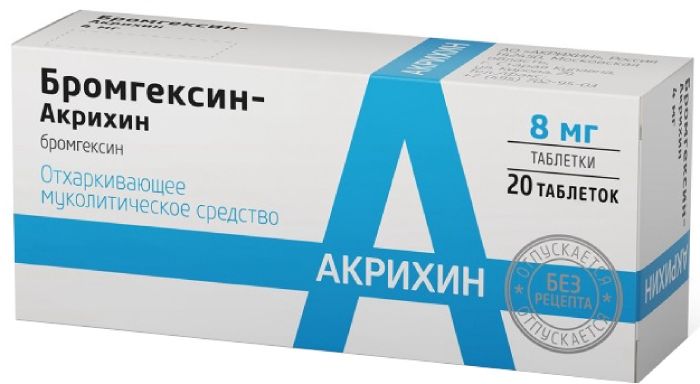
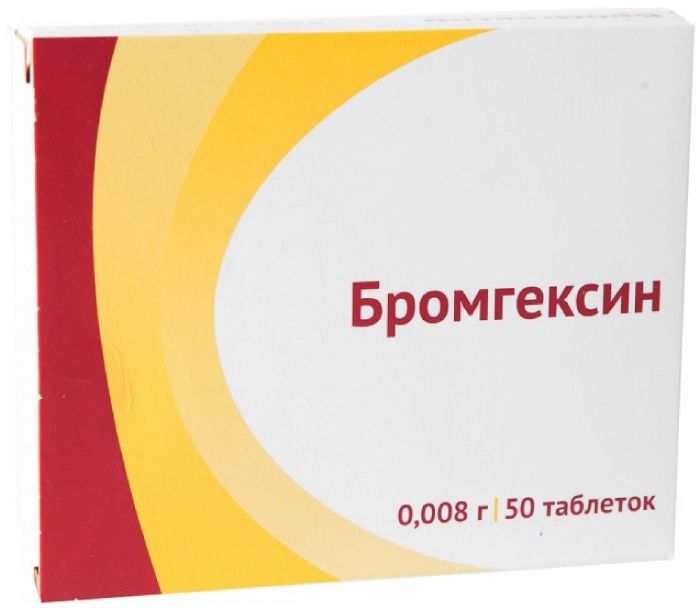
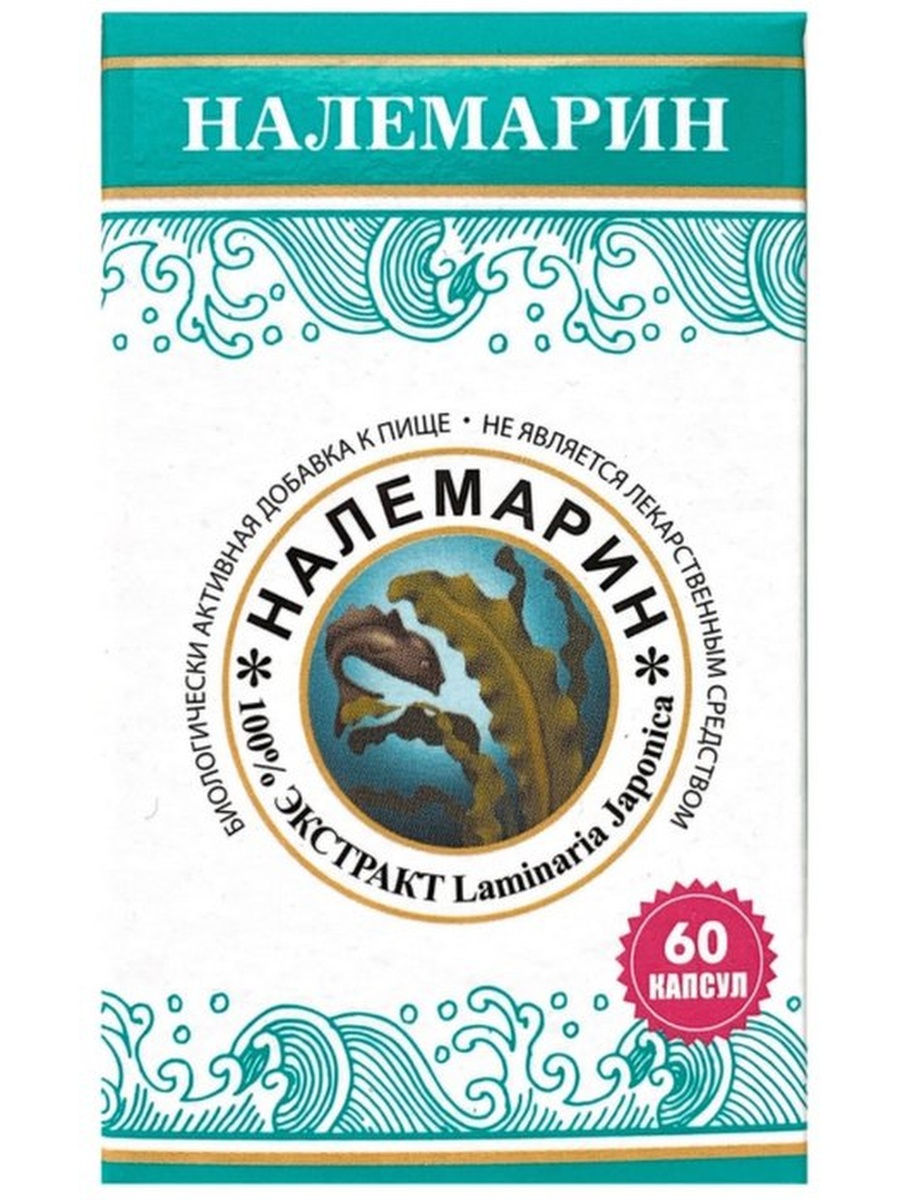
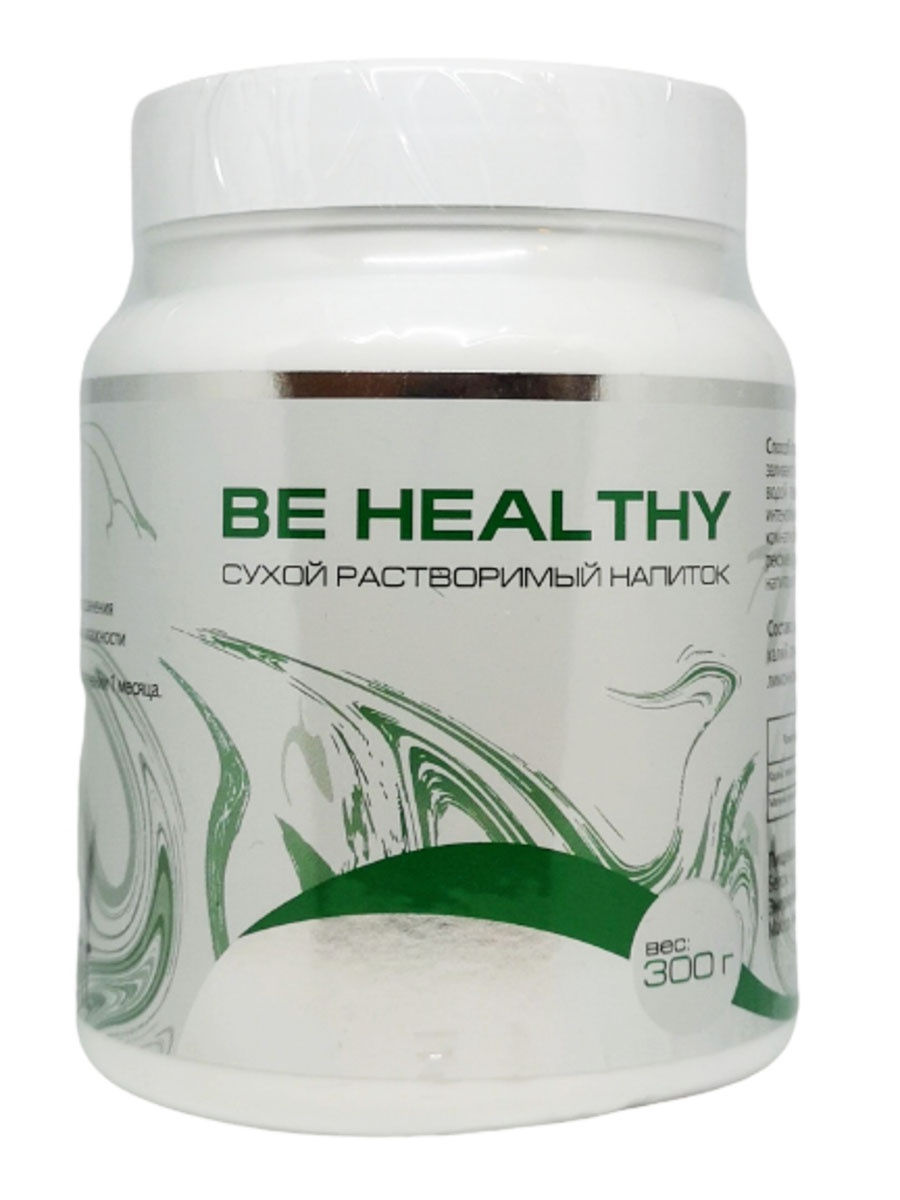
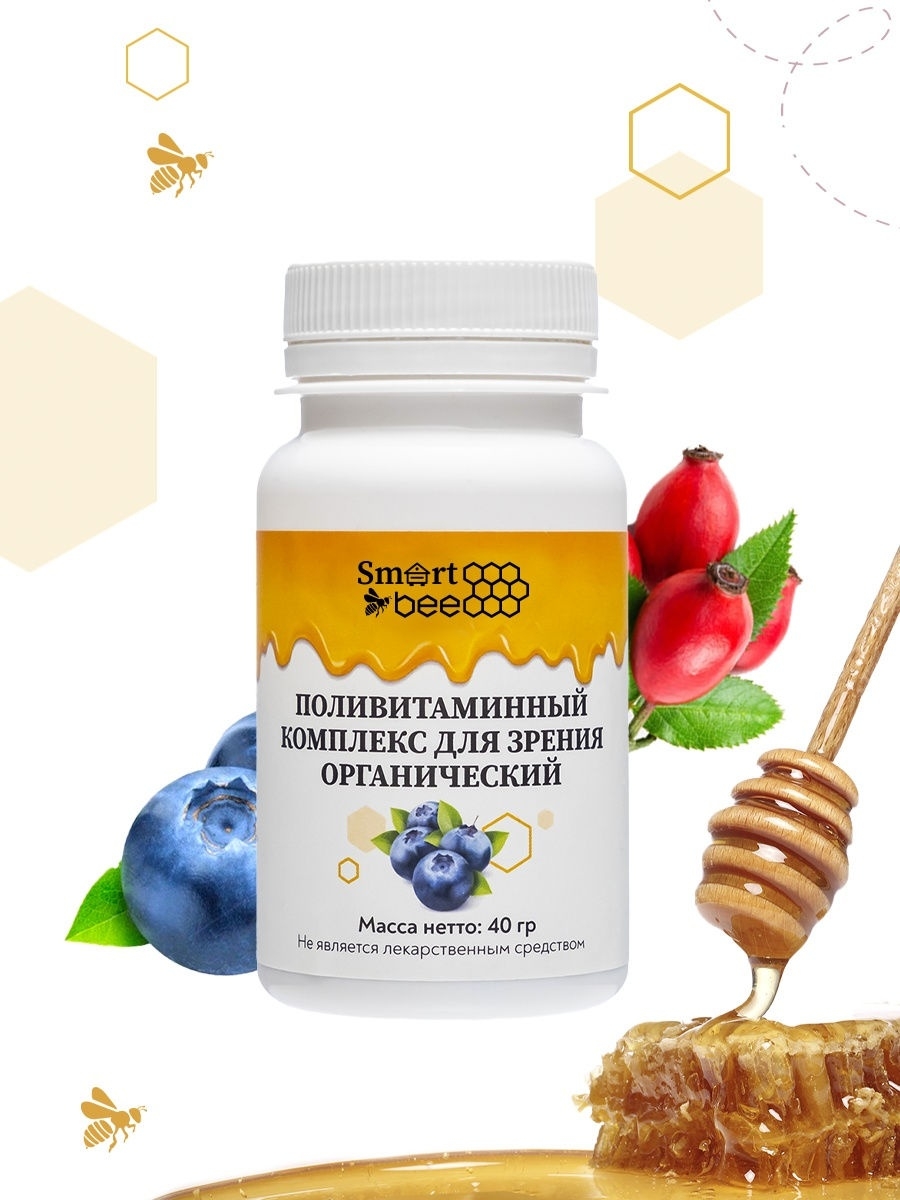
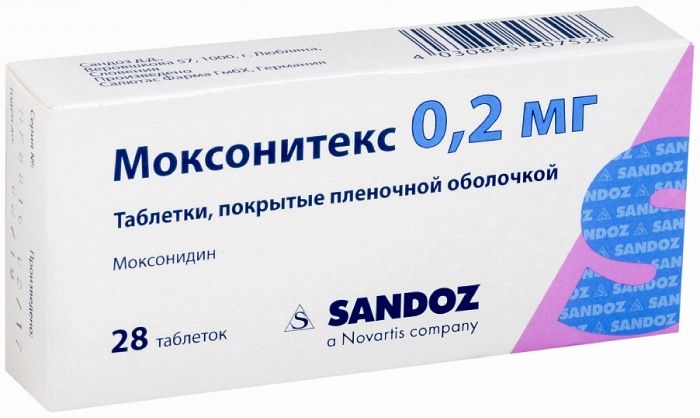
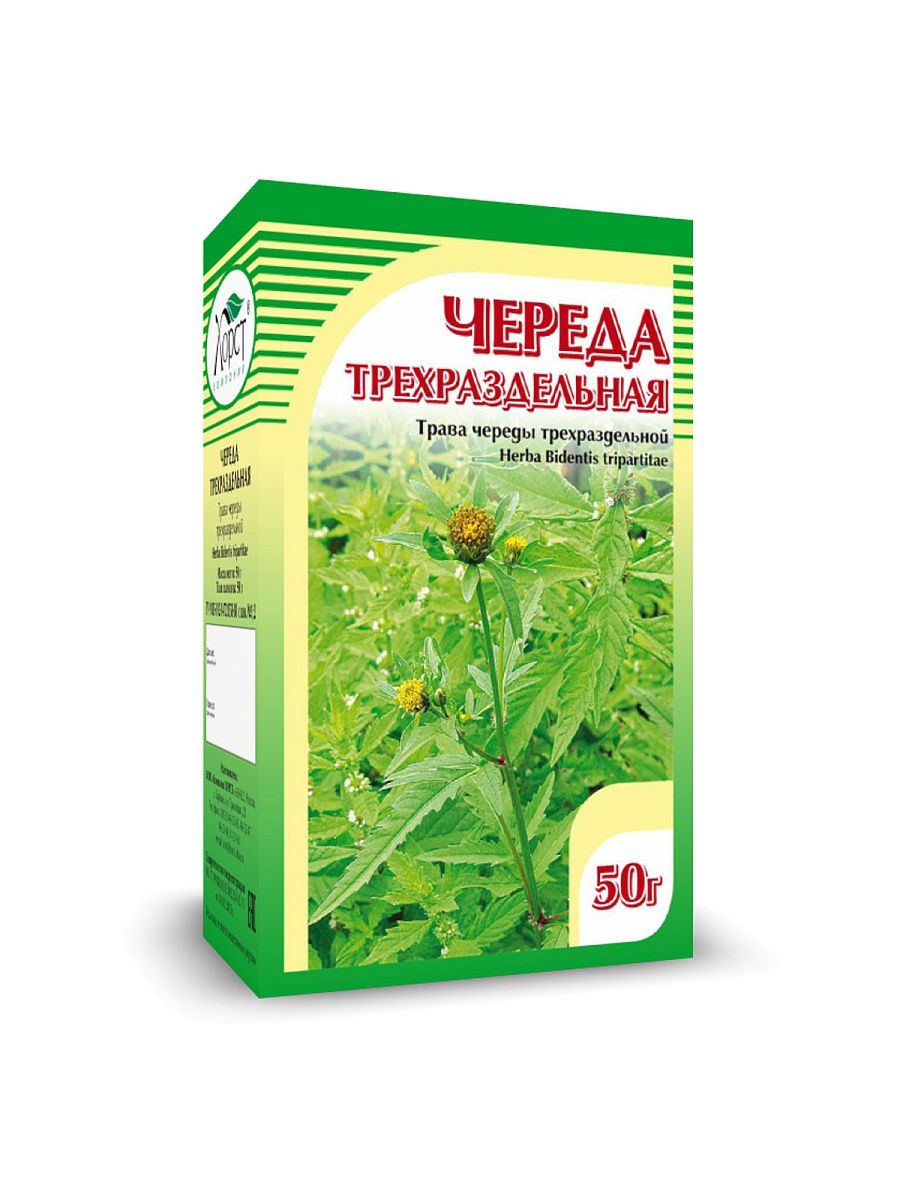
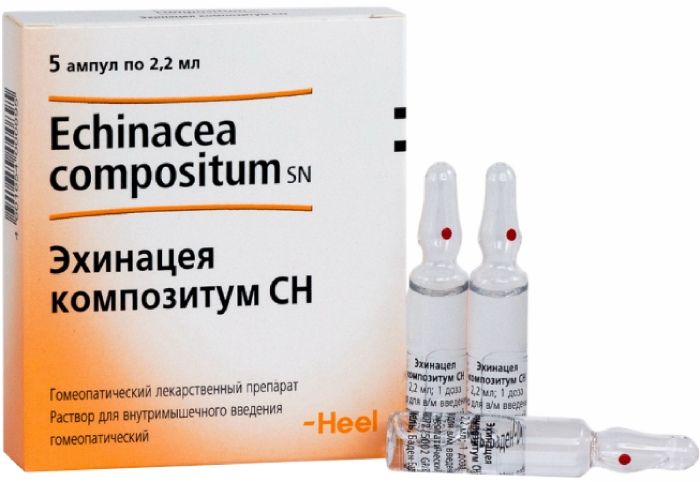




There are no reviews yet.